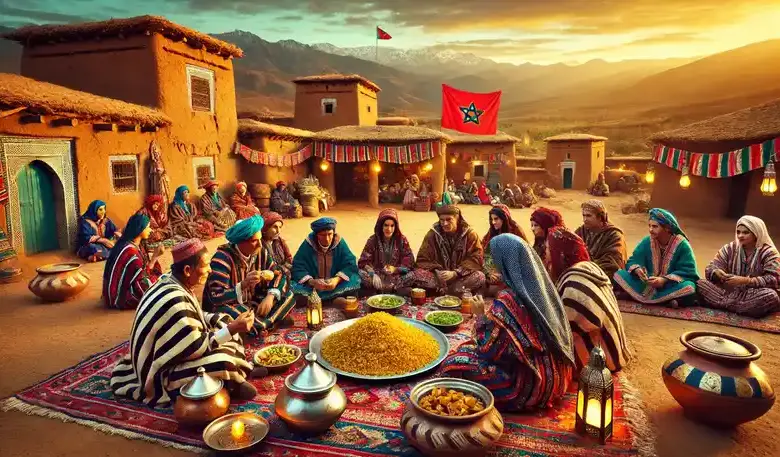Moroccan Culture and Customs: A Guide for Tourists to Embrace Local Traditions
Morocco is a country of rich traditions, deep-rooted hospitality, and a cultural heritage shaped by Arab, Berber, and European influences. Whether exploring the labyrinthine streets of Marrakech’s medina, admiring the intricate tilework of Fes, or enjoying the coastal breeze in Essaouira, travelers quickly notice that Moroccan culture and customs are an essential part of the country’s charm.
For visitors, understanding Moroccan customs is more than just a courtesy—it enhances the experience, fosters deeper connections with locals, and ensures a more immersive journey. From dining etiquette to traditional greetings, this guide will help you navigate Moroccan culture with confidence, respect, and appreciation.
Don’t wait! Get the answers you need now by chatting with us on WhatsApp.
1. Greetings and Social Etiquette: The Art of First Impressions
Hospitality is at the heart of Moroccan culture, and greetings play an important role in daily interactions. A simple greeting can set the tone for a warm and friendly exchange, whether you’re meeting a shopkeeper, hotel staff, or a new acquaintance.
Common Greetings in Morocco
- “Salam Alaikum” (Peace be upon you) – A traditional Arabic greeting used by Moroccans in both casual and formal settings.
- “Wa Alaikum Salam” (And peace be upon you) – The proper response.
- “Labas?” (How are you?) – A common informal greeting in Moroccan Arabic (Darija).
Handshakes and Personal Space
- Among men, handshakes are common and often accompanied by placing the right hand over the heart as a sign of sincerity.
- Between men and women, greetings vary. Some Moroccan women may shake hands, while others may prefer a nod or verbal greeting. It’s best to let the woman initiate.
- In close relationships, such as between family or friends, Moroccans may exchange cheek kisses, typically starting from the right.
2. Dining Etiquette: The Moroccan Table Experience
Moroccan cuisine is deeply embedded in cultural traditions, and meals are often social events that bring families and friends together. Whether you’re dining at a luxurious riad, a local home, or a traditional street food stall, understanding Moroccan table manners will help you enjoy the experience to the fullest.
Dining Customs and Table Manners
- Handwashing Before a Meal: Moroccans often wash their hands before and after eating, sometimes using a decorative pouring vessel called a merrak.
- Eating with the Right Hand: Moroccans traditionally eat with their right hand, particularly when sharing from a communal plate. Using the left hand for eating is considered impolite.
- Tajine and Bread: Instead of cutlery, bread is often used to scoop up food from a shared dish, especially with tajine and salads.
Moroccan Tea Culture
Tea, particularly Moroccan mint tea, is an essential part of hospitality. Made with green tea, fresh mint, and sugar, it is ceremonially poured from a height to create a light foam, enhancing its flavor. Refusing tea can be seen as impolite, so it’s best to accept and enjoy the experience.
3. Dress Code: What to Wear in Morocco
While Morocco is a modern country with cosmopolitan cities, modest dress remains a cultural norm, especially in rural areas and religious sites. Respecting the local dress code allows visitors to blend in more comfortably and avoid unwanted attention.
What to Wear in Morocco
- For Women: Loose-fitting clothing that covers shoulders and knees is recommended. In more conservative regions, a light scarf can be useful for covering the hair when visiting mosques or traditional villages.
- For Men: Long trousers and short- or long-sleeved shirts are widely acceptable. While shorts are worn in tourist areas, they are less common among locals.
Beachwear and Resort Attire
In coastal cities like Agadir and Essaouira, swimwear is acceptable on the beach or by hotel pools, but it is best to cover up when leaving these areas.
4. Shopping and Bargaining: The Souk Experience
Shopping in Morocco’s lively souks (markets) is an adventure filled with vibrant colors, aromatic spices, and intricate handicrafts. Bargaining is not just a way to secure a good price—it is part of Moroccan culture and customs.
Tips for Bargaining in Morocco
- Start Low, Expect a Counteroffer: Merchants often set initial prices high, expecting negotiation.
- Stay Friendly and Patient: Haggling is a social interaction, not a confrontation. Keeping a polite and lighthearted attitude is key.
- Know When to Walk Away: If a price is too high, thank the seller and move on. Often, they will call you back with a better offer.
What to Buy in Morocco
- Handwoven Carpets: A true artisanal treasure, often made by Berber communities.
- Argan Oil: Sourced from southwestern Morocco, known for its cosmetic and culinary benefits.
- Leather Goods: Marrakech’s tanneries produce high-quality handmade leather bags and shoes.
- Traditional Pottery: Colorful ceramics from Fes and Safi make for unique souvenirs.
5. Visiting Religious and Cultural Sites
Morocco’s architectural and religious landmarks reflect its diverse heritage, from Islamic mosques to ancient kasbahs. While visitors are welcome to admire these historical sites, certain etiquette rules should be followed.
Guidelines for Visiting Mosques and Religious Sites
- Most mosques in Morocco are not open to non-Muslims, with the exception of the Hassan II Mosque in Casablanca.
- Dress modestly and remove shoes when entering any religious building.
- Avoid loud conversations and respect prayer times.
Historical sites such as the Medersa Ben Youssef in Marrakech or the Roman ruins of Volubilis offer insights into Morocco’s past and should be explored with cultural sensitivity.
6. Moroccan Culture and Customs: Local Customs and Daily Life
Ramadan and Religious Observances
If visiting during Ramadan, Morocco takes on a different rhythm. Muslims fast from dawn to sunset, refraining from food, drink, and smoking during daylight hours. While tourists are not expected to fast, it is respectful to avoid eating or drinking in public during the day.
At sunset, the fast is broken with Iftar, a meal that often includes dates, harira soup, and traditional pastries. Some hotels and restaurants offer special Iftar menus for visitors to join in the experience.
Public Behavior and Social Norms
- Public Displays of Affection: Holding hands is generally acceptable, but kissing or embracing in public is frowned upon.
- Tipping Culture: Tipping is customary in restaurants, cafés, and for service providers such as guides and drivers. A 10% tip is appreciated.
- Photography: Always ask for permission before taking photos of locals, especially in rural areas or traditional souks.
Embrace Moroccan Culture and Customs with Respect and Curiosity
Morocco’s rich traditions and customs add depth and authenticity to every traveler’s experience. Whether sipping tea with locals, bargaining in the souks, or exploring historic medinas, understanding Moroccan culture and customs enhances your journey in profound ways. By respecting local norms, engaging with the community, and embracing the country’s warm hospitality, visitors can create meaningful connections and enjoy a truly immersive adventure.
For those seeking a blend of luxury, history, and authentic cultural experiences, Morocco offers an unparalleled destination where past and present coexist in harmony.
Let’s talk! Send us a message on WhatsApp, and we’ll be happy to assist you.



